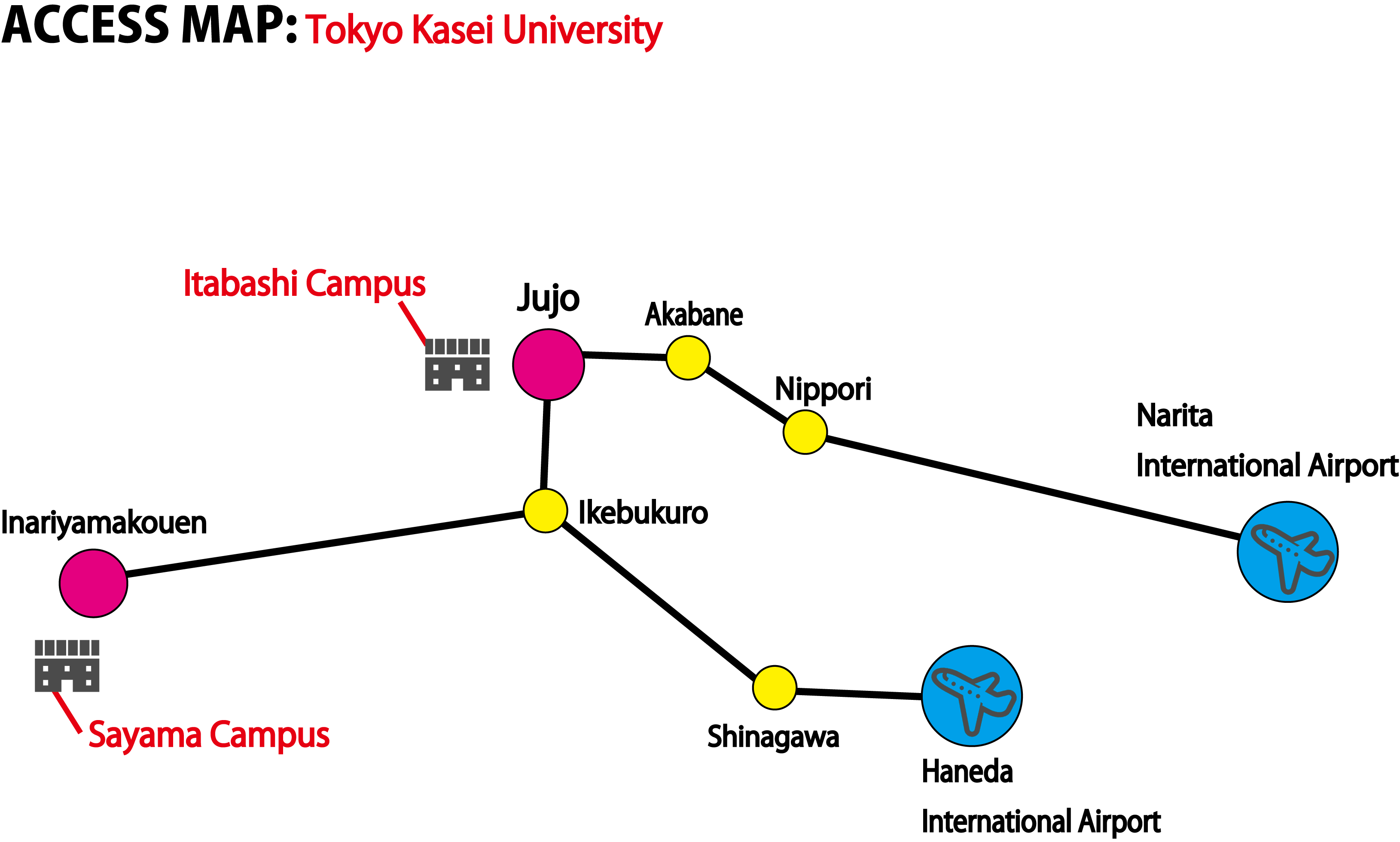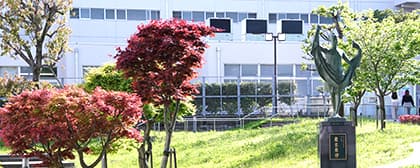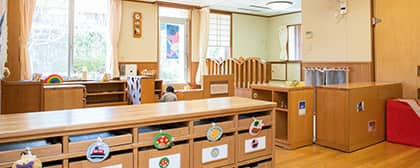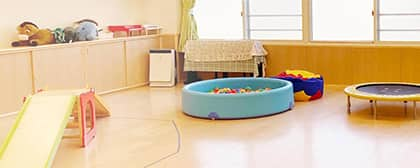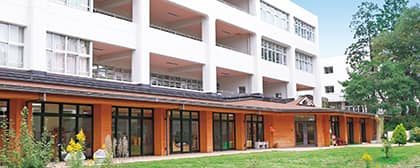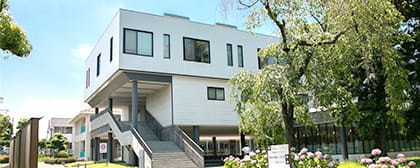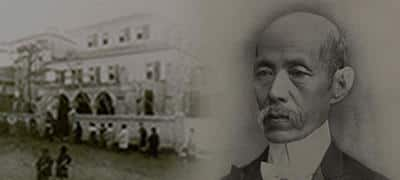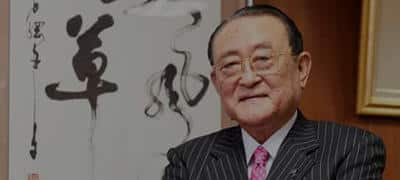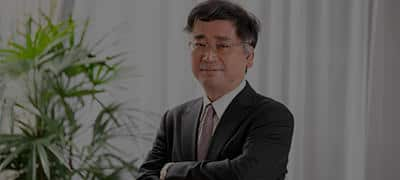About Us
Historical Overview
| 1881 | The school’s founder Tatsugorō WATANABE opened the Wayō Saihō Denshūjo [Japanese and Western Needlework Academy] out of his own home to train master seamstresses. Although Japanese women were not expected to pursue learning at this time, Watanabe felt that in the years to come it would be necessary for women to achieve emotional and financial independence. Based on this idea, in addition to sewing techniques, he also taught subjects that included Japanese literature, English, mathematics, and law. |
|---|---|
| 1892 | As the number of pupils at the Wayō Saihō Denshūjo grew, Watanabe expanded the curriculum and changed the name of the school to Tokyo Saihō Jogakkō [Tokyo Needlework and Women’s School] after obtaining accreditation from the Tokyo government. |
| 1906 | A Normal Course was established at the school in conjunction with an increase in applications by prospective teachers. Two years later, in 1908, the Normal Course was abolished and replaced with a Higher Normal Course. |
| 1920 | The Tokyo Saihō Jogakkō was incorporated as a foundation. In 1922, its name was changed to Tokyo Saihō Jogakkō Kōtō Shihan-ka [Tokyo Needlework and Women’s School Higher Normal Course] and then to Tokyo Joshi Senmon Gakkō [Tokyo Women’s College]. With this, it became the first school in Japan under the 1903 Vocational School Order to teach sewing as an advanced academic art. |
| 1923 | The school’s buildings and dormitories were completely destroyed by the Great Kantō Earthquake, but classes continued to be held in temporary school buildings. |
| 1931 | Tokyo Joshi Senmon Gakkō changed its name to Watanabe Jogakkō [Watanabe Women’s School]. |
| 1941 | Reorganization of Watanabe Jogakkō as Watanabe Kōtō Jogakkō [Watanabe Women’s Higher School] to comply with the Higher Women’s School Order. This would mark a new departure for the school, which now aimed beyond the traditional subjects of sewing and cooking to deepen student’s accomplishments as modern women and cultivate women who would play a leading role in the new era. |
| 1945 | After the destruction of the school buildings and facilities during the aerial bombing of Tokyo, the school was relocated to the current Itabashi Campus. |
| 1949 | Tokyo Kasei University (consisting of a Faculty of Home Economics, Department of Life Sciences, Department of Child Nutrition, and Department of Clothing Science) was established before other women's colleges, with separate departments for different fields. |
| 1981 | The school held a commemorative ceremony to mark its centennial anniversary. |
| 2011 | The school celebrated its 130th anniversary. |
Access Map
There are frequent trains from Narita Airport and Haneda Airport to central Tokyo. From there, you can transfer to the JR Saikyo line, which stops at Jujo station. The Itabashi campus is a five-minute walk from Jujo station.
Sayama Campus (Saitama)
Inariyamakouen station (Seibu Ikebukuro Line) is a three-minute walk from campus.
It takes just one hour to reach the Sayama campus from the Tokyo Station.
